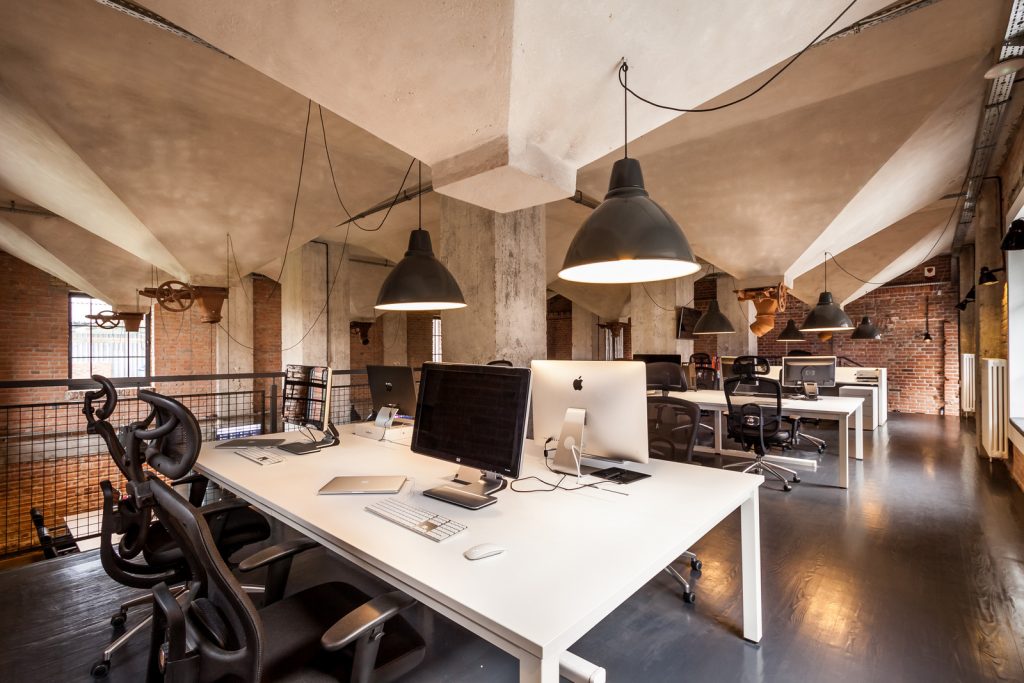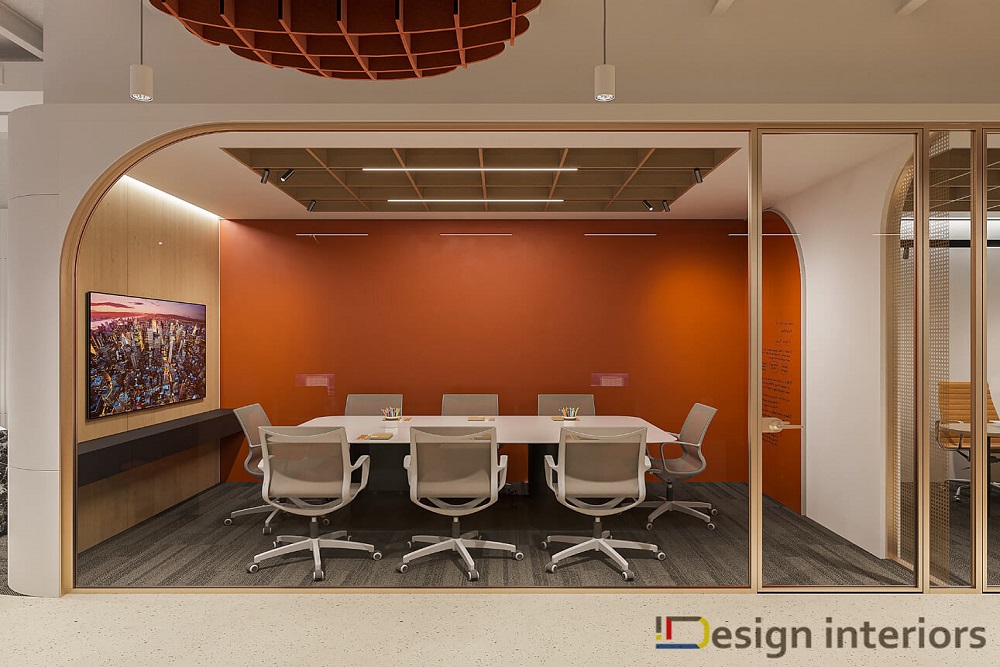The workspace has developed beyond basic functioning in the fast-paced world. It now reflects the culture of the organization and creates an atmosphere that can greatly impact creativity and productivity. Working with a small office might benefit greatly from thoughtful interior design. These are some game-changing small office interior design techniques for using intelligent design to maximize the tiny workplace space you have.
Maximize Space with Smart Layouts
Your office design is very crucial. An open-plan layout that promotes cooperation is a better option than traditional cubicles. Use zoning to designate distinct spaces within your office. For instance, establish a specific area for focused work and place desks there away from public areas. Workers are free to select the type of workplace that best suits their needs with this division, whether they are solitary or collaborative.
Moreover, floating furniture layouts might offer the impression of greater room. Place furniture away from the walls to keep the room feeling open and spacious.
Choose the Right Furniture
Each and every piece of furniture matters in small offices. Choose multipurpose furniture that may be used for multiple purposes. For instance, select tables that can be folded up when not in use or desks with integrated storage. Easy-to-stack or store chairs are also great options for keeping an organized appearance.
Priorities should also include ergonomics. Ergonomic seats and workstations that can adjust to different body positions can improve output and worker health. Employees typically work better when they are in good physical health.
Utilize Vertical Space
Consider vertical space when the floor area is at a premium. The office can be kept tidy with pegboards, wall-mounted cabinets, and shelving units that also attract the eye upward, giving the space a feeling of spaciousness. Shelves can be used to showcase decorative objects, plants, and books to give the office flair without taking up important floor space.
Tall plants or artwork are examples of vertical design components that can help draw the eye up and create the illusion of a larger space.
Incorporate Color Wisely
Color has a significant effect on both productivity and mood. Light colors can help a small office feel more spacious and open. Light grays, soft whites, and gentle blues are great color options that can help create a relaxing atmosphere.
Consider using accent walls, artwork, or accessories to add colorful touches. Vibrant colors like green or yellow are great for community spaces because they inspire energy and creativity.
Enhance Natural Light
A modest office may become a welcoming space with the addition of natural light. Place desks next to windows and stay away from thick drapes that obstruct the light when at all feasible. Rather, go for sheer, light-colored drapes that let light in but don’t compromise privacy.
You might want to put mirrors to bounce light around if there is not much natural light in the space. They add brightness to the room besides giving the impression of depth.
It’s not only about aesthetics when it comes to redesigning your small workplace; it is also about establishing an atmosphere that encourages well-being, creativity, and productivity. You may design a workstation that people love and flourish in by making the most of available space, selecting the ideal furniture, utilizing color sensibly, maximizing natural light, and adding personal touches to the room. A well-planned small office can boost productivity and morale, which will eventually increase your company’s success.


